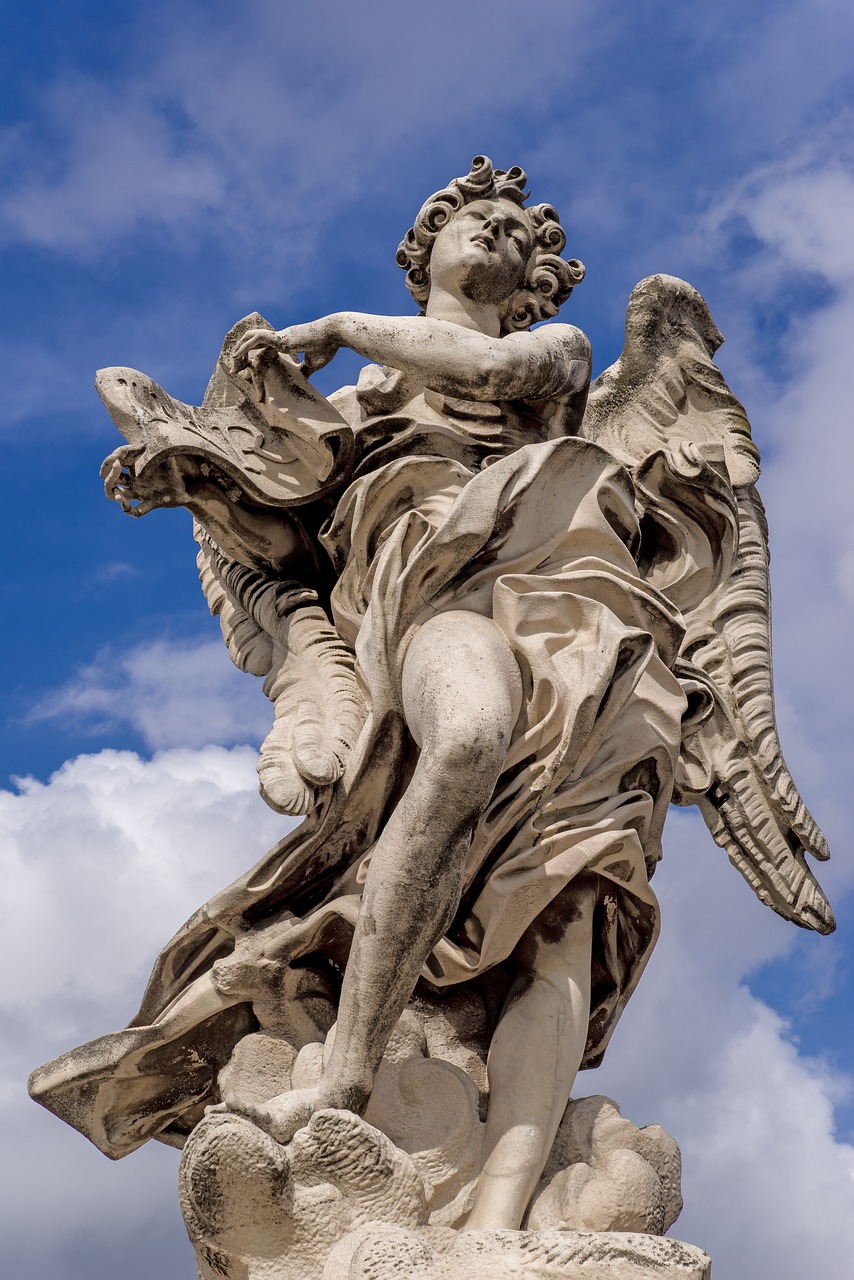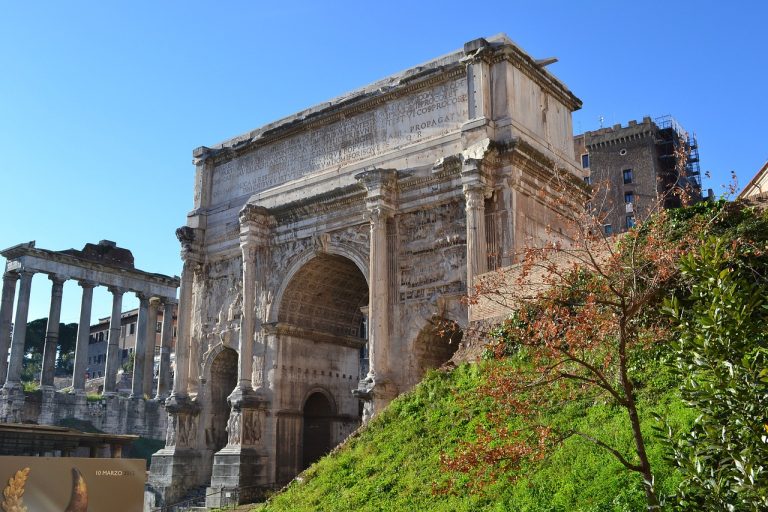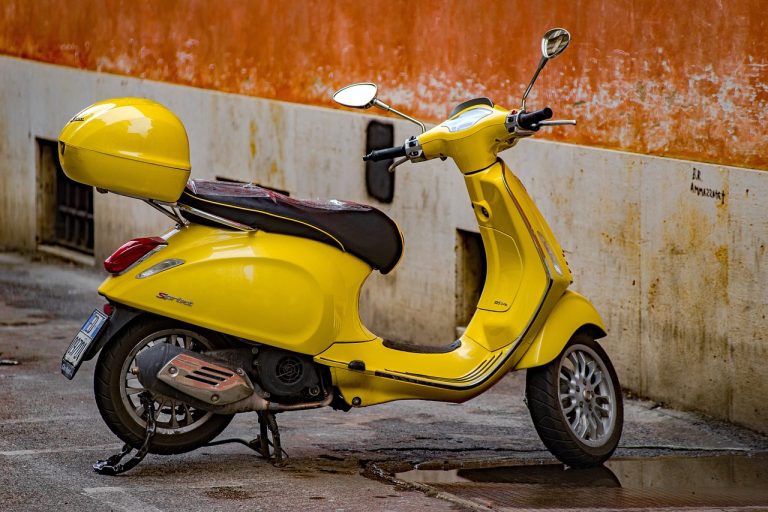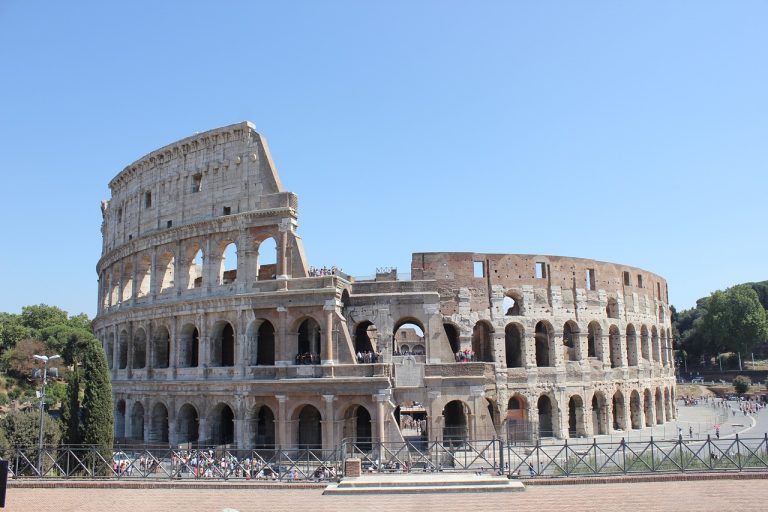Rome Italy Video
Historical Landmarks of Rome Italy: A Deep Dive
Rome, the capital city of Italy, is known for its rich history and iconic landmarks. From ancient Roman ruins to magnificent churches, the city is a treasure trove of historical sites. In this article, we will explore ten significant historical landmarks in Rome, each with its own unique story and architectural splendor.
Colosseum
The Colosseum, also known as the Flavian Amphitheatre, is one of Rome’s most famous landmarks. Built in 70-80 AD, it was the largest amphitheater ever built and could hold up to 50,000 spectators. The Colosseum was primarily used for gladiatorial contests and public spectacles. Today, it stands as a symbol of ancient Rome’s grandeur and is a popular tourist attraction.
- Emphasized Keyword: Ancient Rome
- Emphasized Keyword: Gladiatorial contests
The Colosseum represents the grandeur and architectural prowess of ancient Rome. It serves as a testament to the gladiatorial contests and public spectacles that took place during that era.
Gladiatorial contests were a significant form of entertainment in ancient Rome. The Colosseum was the epicenter of these events, where trained fighters known as gladiators battled each other to entertain the crowd.

Pantheon
The Pantheon is a well-preserved ancient Roman temple, now functioning as a church. It was commissioned by Emperor Hadrian and completed around 125 AD. The building is renowned for its magnificent dome, which was the largest in the world until the 15th century. The Pantheon is a masterpiece of Roman architecture and houses the tombs of several notable figures, including Raphael.
- Emphasized Keyword: Ancient Roman temple
- Emphasized Keyword: Raphael
The Pantheon was originally built as a temple dedicated to all the gods of ancient Rome. Its architectural design and grandeur make it an exceptional example of ancient Roman religious structures.
The Pantheon is the final resting place of Raphael, one of the greatest Renaissance painters. His tomb is located within the Pantheon, adding to its historical and artistic significance.

Trevi Fountain
The Trevi Fountain is a magnificent Baroque masterpiece located in the Trevi district of Rome. Completed in 1762, it is the largest Baroque fountain in the city and one of the most famous fountains in the world. The fountain depicts Neptune, the god of the sea, surrounded by mythical sea creatures. Legend has it that throwing a coin into the fountain ensures a return to Rome.
- Emphasized Keyword: Baroque masterpiece
- Emphasized Keyword: Coin throwing tradition
The Trevi Fountain is a prime example of the Baroque art style, characterized by its ornate details and dramatic features. Its design and craftsmanship make it a true masterpiece.
Visitors from around the world participate in the coin throwing tradition at the Trevi Fountain. It is believed that throwing a coin over your shoulder into the fountain ensures good luck and a future return to Rome.
Roman Forum
The Roman Forum, located in the heart of ancient Rome, was the center of political, religious, and commercial activities. It was the social and political hub of the city for over a thousand years. Today, visitors can explore the ruins of various ancient structures, including the Temple of Saturn, the Arch of Septimius Severus, and the Basilica of Maxentius.
- Emphasized Keyword: Political and religious center
- Emphasized Keyword: Ancient ruins
The Roman Forum played a vital role in the political and religious life of ancient Rome. It was where important decisions were made, and religious ceremonies took place.
The Roman Forum is home to numerous ancient ruins, each with its own historical significance. Visitors can witness the remnants of once-grand structures and imagine the bustling life of ancient Romans.

Sistine Chapel
The Sistine Chapel, located within Vatican City, is renowned for its breathtaking frescoes painted by Michelangelo. It is the official residence of the Pope and a place of worship. The chapel’s ceiling features Michelangelo’s famous “Creation of Adam” and “The Last Judgment” frescoes, which are considered masterpieces of Western art.
- Emphasized Keyword: Michelangelo’s frescoes
- Emphasized Keyword: Place of worship
The Sistine Chapel is celebrated for Michelangelo’s magnificent frescoes that adorn its walls and ceiling. These artworks are considered some of the greatest achievements in Western art.
The Sistine Chapel is not only an artistic marvel but also a place of religious significance. It is where important religious ceremonies and papal elections take place.
Spanish Steps
The Spanish Steps, located in the heart of Rome, connect the Piazza di Spagna at the base with the Piazza Trinità dei Monti at the top. This monumental staircase is a popular meeting place and a favorite spot for tourists and locals alike. It offers a panoramic view of the city and is especially beautiful during spring when the steps are adorned with blooming flowers.
- Emphasized Keyword: Panoramic view
- Emphasized Keyword: Blooming flowers
The Spanish Steps provide a stunning panoramic view of Rome, allowing visitors to take in the beauty of the city from a higher vantage point.
During springtime, the Spanish Steps are decorated with vibrant flowers, creating a picturesque scene that attracts tourists and locals alike.
St. Peter’s Basilica
St. Peter’s Basilica is the largest Christian church in the world and a significant pilgrimage site. Located within Vatican City, it is considered one of the holiest Catholic shrines. The basilica’s stunning architecture, including Michelangelo’s dome, and its vast collection of artworks, make it a must-visit attraction in Rome.
- Emphasized Keyword: Largest Christian church
- Emphasized Keyword: Michelangelo’s dome
St. Peter’s Basilica holds the title of being the largest Christian church globally, both in terms of size and religious significance. Its grandeur and historical importance attract millions of visitors each year.
The dome of St. Peter’s Basilica, designed by Michelangelo, is a marvel of architectural engineering. Its intricate details and imposing presence add to the beauty of the basilica.
Castel Sant’Angelo
Castel Sant’Angelo, originally built as a mausoleum for Emperor Hadrian, later served as a fortress and a papal residence. This cylindrical building stands on the banks of the Tiber River and offers panoramic views of Rome. It is now a museum, showcasing various artworks and historical artifacts.
- Emphasized Keyword: Mausoleum for Emperor Hadrian
- Emphasized Keyword: Panoramic views
Castel Sant’Angelo was initially constructed as a mausoleum for Emperor Hadrian and his family. Over time, it transformed into a fortress and a symbol of power.
From the top of Castel Sant’Angelo, visitors can enjoy breathtaking panoramic views of Rome, including the Tiber River and the city’s skyline.
Villa Borghese
Villa Borghese is a vast landscaped garden and park in the heart of Rome. It is home to the Borghese Gallery, which houses a remarkable collection of sculptures and paintings by renowned artists such as Bernini and Caravaggio. The park offers a serene escape from the bustling city, with beautiful gardens, tranquil lakes, and charming walkways.
- Emphasized Keyword: Borghese Gallery
- Emphasized Keyword: Serene escape
The Borghese Gallery within Villa Borghese is a treasure trove of artistic masterpieces. It showcases the works of prominent artists, attracting art enthusiasts from around the world.
Villa Borghese provides a peaceful retreat in the heart of Rome. Its well-manicured gardens, serene lakes, and pleasant walkways offer visitors a tranquil experience away from the city’s hustle and bustle.
Conclusion
Rome, with its historical landmarks, offers a glimpse into the grandeur and legacy of ancient civilizations. From the awe-inspiring Colosseum to the breathtaking Sistine Chapel, each landmark has its own unique story to tell. Exploring these sites not only provides a deeper understanding of Rome’s rich history but also allows visitors to appreciate the architectural brilliance and artistic achievements of bygone eras. Rome truly stands as a testament to human ingenuity and the enduring power of cultural heritage.
References
- rome.info
- vatican.va
- italyguides.it
- italy-museum.com
- rometoolkit.com







